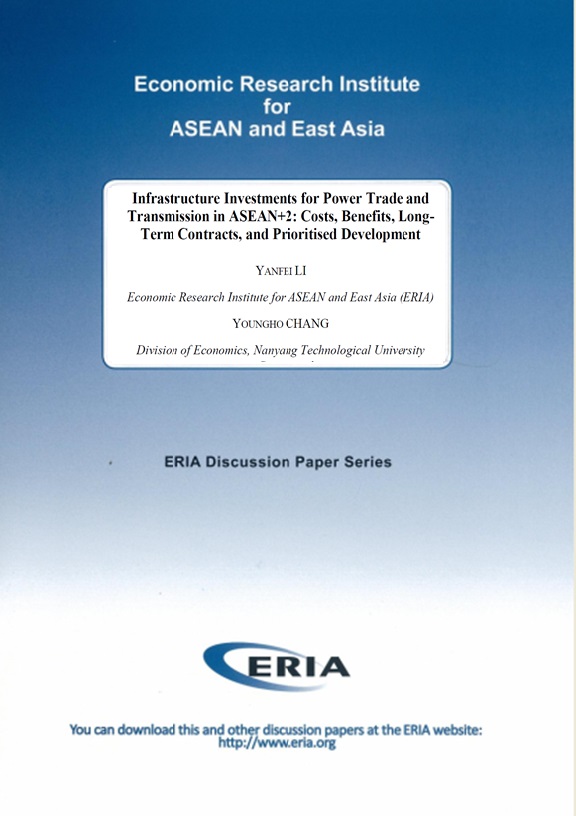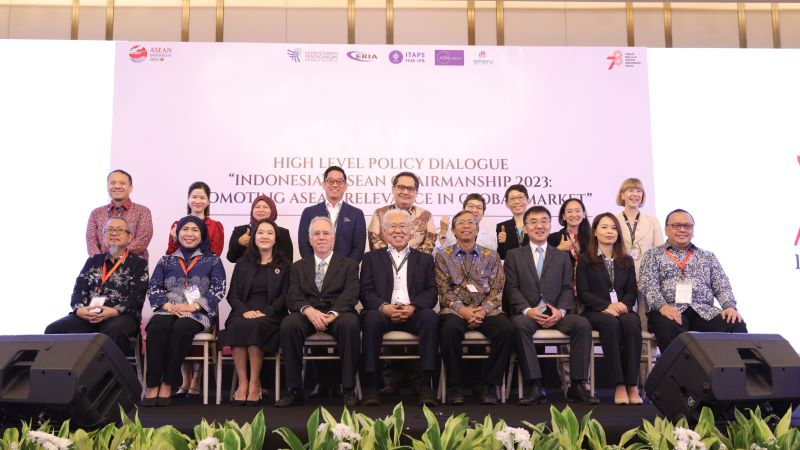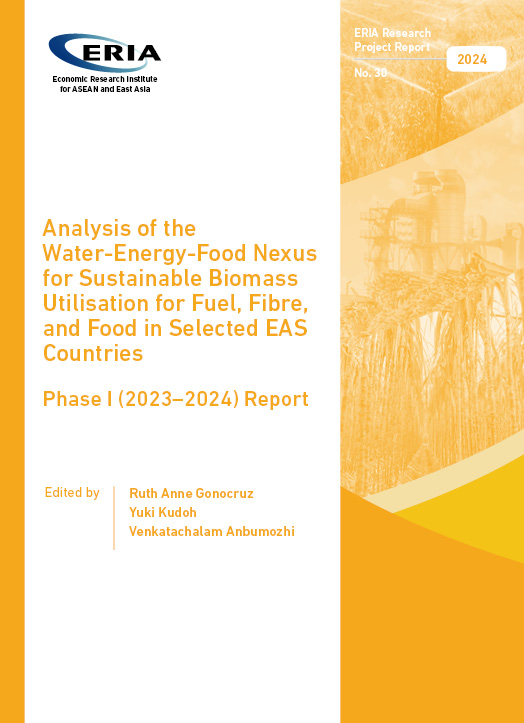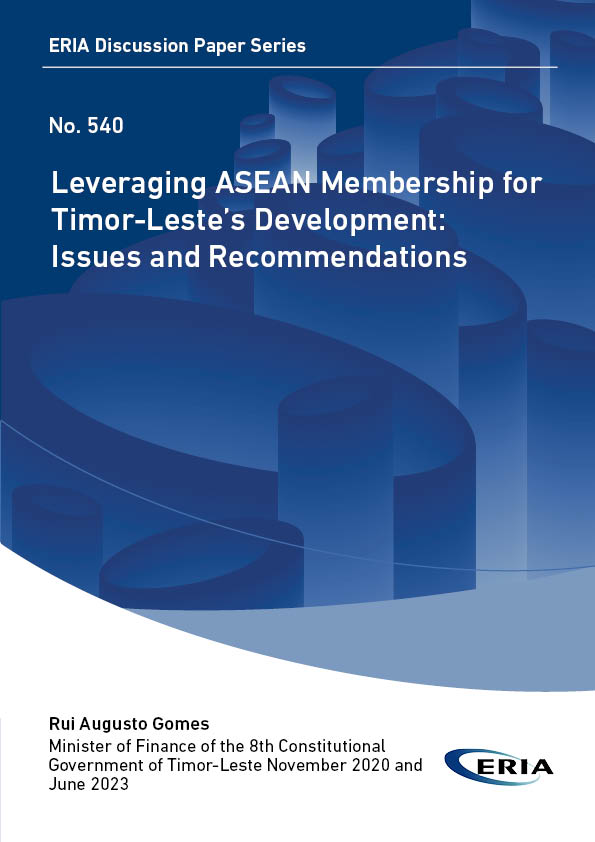Infrastructure Investment for Power Trade and Transmission in ASEAN+2: Costs, Benefits, Long-Term Contracts, and Prioritised Development

Date:
4 November 2014Category:
ASEAN, Energy, Finance and Macroeconomy, Infrastructure, TradeType:
Discussion PapersTags:
Infrastructure, MacroeconomyPrint Article:
This study establishes a system approach in assessing the financial viability of power infrastructure investment for the Greater Mekong Subregion (GMS) and ASEAN Power Grid (APG) in the ASEAN+2 (ASEAN plus China and India) region. It aims to identify the financial and finance-related institutional barriers of implementing such regional power interconnectivity. A whole-grid/system simulation model is built to assess both their financial and commercial viability, which implies profitability for investors and bankability for financiers of new transmission projects with the optimised pattern of power trade. The study also determines the optimised planning of new transmission capacities. Results show that the existing planning of power transmission infrastructure in the region, so-called APG+, stands as a commercially and financially viable plan. However, there is room for improvement in the planning in terms of timing, routes, and capacity of the cross-border transmission lines. The study also recommends that GMS-related projects should be prioritised.




